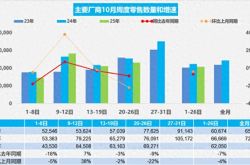Liang Wenfeng on Nature's Cover: Unveils DeepSeek's Incremental Training Cost of a Mere $294,000!
![]() 09/19 2025
09/19 2025
![]() 479
479
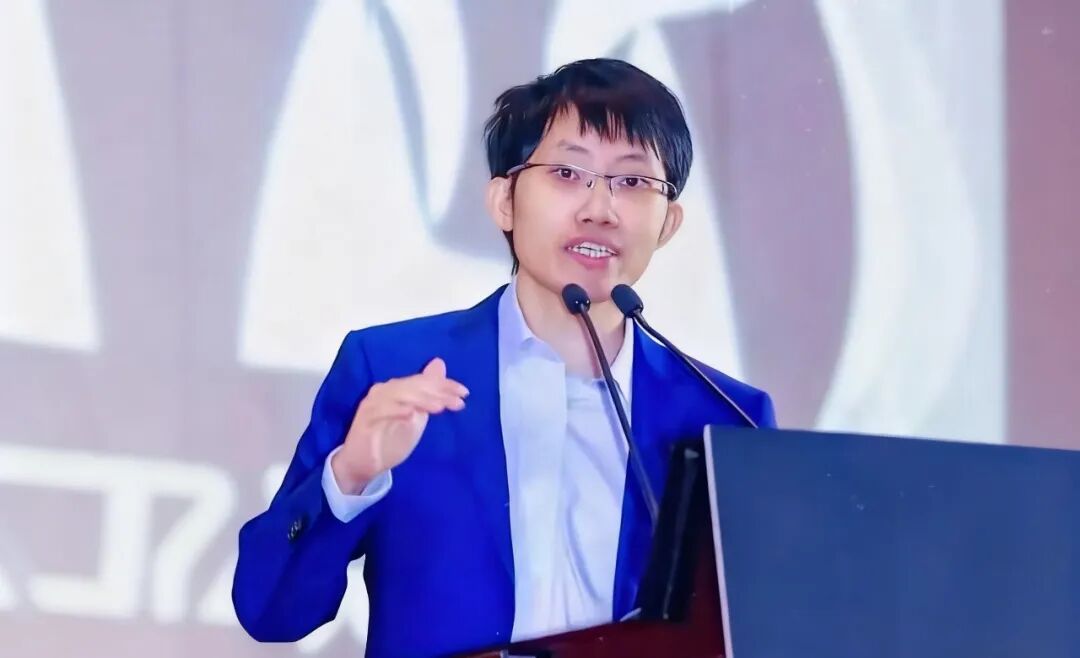
Text by Wang Miao, Art Editor: Gu Qingqing, Produced by Networld
A Chinese team shines on the cover of Nature.
On September 18, the research paper on the DeepSeek-R1 reasoning model, crafted by the DeepSeek team with Liang Wenfeng as the corresponding author, graced the cover of Nature.
Yet, what's even more eye-catching than the publication itself is their bold revelation: the incremental training cost for DeepSeek-R1 is a mere $294,000.
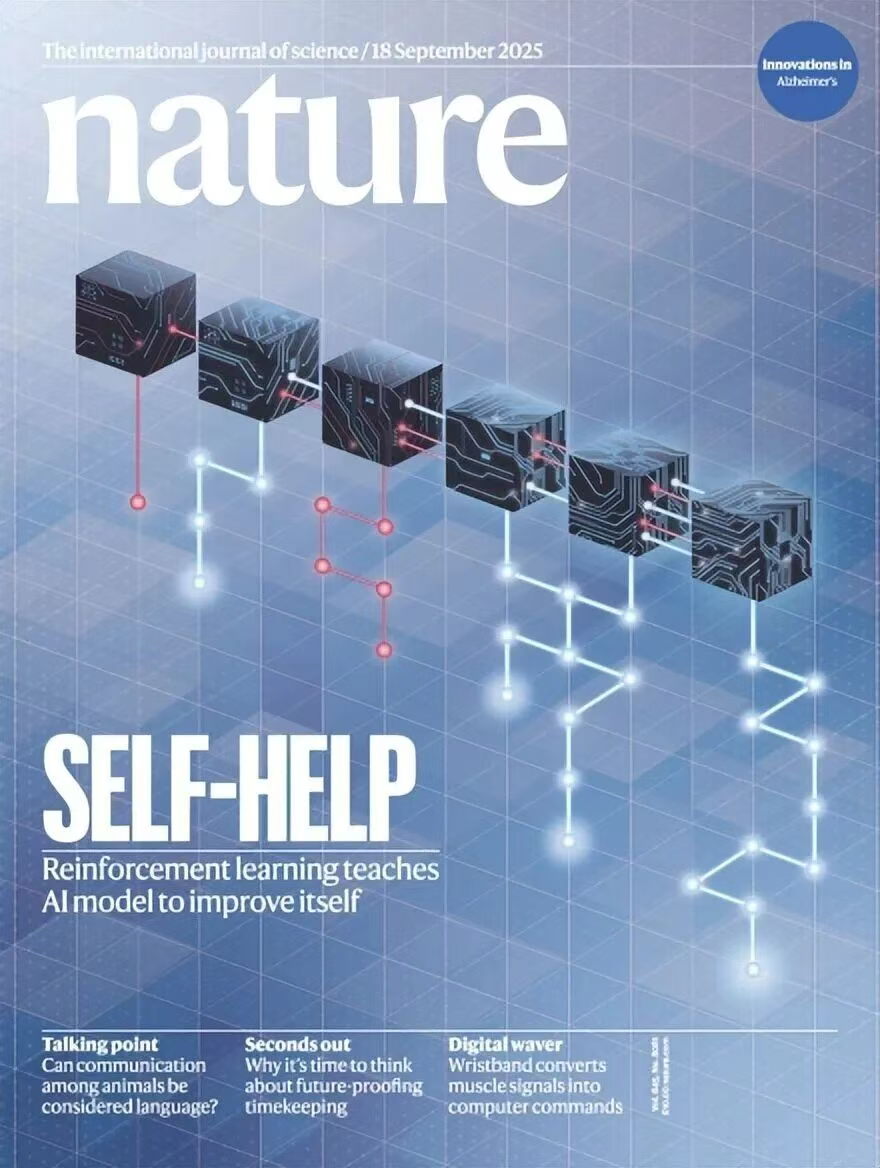
Consider this: Previously, OpenAI and Google would spend tens of millions of dollars to train large-scale models. In stark contrast, DeepSeek accomplished its core training using just 512 NVIDIA H800 GPUs over a span of 80 hours. This is akin to achieving what others do with a factory setup, using funds equivalent to buying a sports car.
More significantly, Nature itself has given its nod of approval, using phrases like 'milestone paper revealing the secrets of the DeepSeek AI model' and 'making history' in its commentary, expressing admiration and endorsement for DeepSeek. This is almost a direct challenge to the long-standing 'black box' practices prevalent in the industry.
01 Behind the $294,000 Figure
When DeepSeek penned '$294,000' in the paper, the initial reaction of many was: Did they miss a zero?
But the data is irrefutable: 512 H800 GPUs, 80 hours of training, at a rental rate of $2 per GPU hour. Moreover, this figure represents only the incremental cost, referring to the expenses incurred for reinforcement learning on top of the base model (DeepSeek-V3Base), which had already been developed at a cost of $6 million.
Why such a low cost? The secret lies in their adoption of a 'pure reinforcement learning' framework (GRPO). In simple terms, they only inform the model whether the answer is correct or incorrect, without teaching it how to derive the steps. The model then figures out how to solve the problem on its own, receiving rewards for correct answers and adjustments for incorrect ones. This 'hands-off training' approach has, in fact, enhanced its reasoning capabilities.
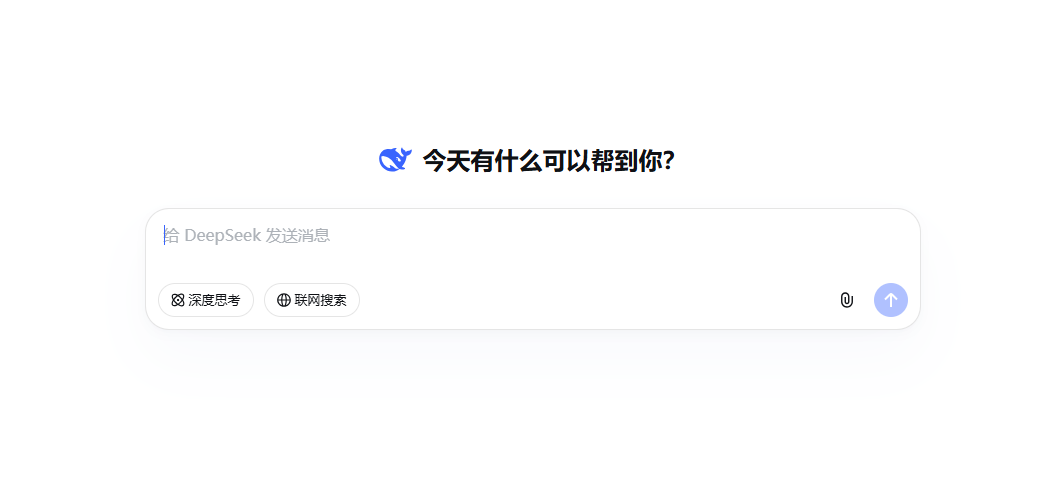
However, the low cost has also sparked doubts. Early this year, some speculated whether DeepSeek had secretly utilized OpenAI's GPT-4-generated data for distillation. Otherwise, how could they achieve such high performance at such a low cost?
In this Nature paper, DeepSeek directly addressed these concerns: the training data was sourced from ordinary web pages and e-books. Although there might be GPT-4-generated content mixed in online, it was 'not intentionally included.' They also implemented a decontamination process, deleting 6 million math problems that might leak test answers.
02 Why Did Nature Make an Exception?
While it's not uncommon for AI papers to be published in Nature, with AlphaGo and AlphaFold both making their debut there, DeepSeek-R1's paper stood out. Published on arXiv in January, it still made the cover, with Nature even publishing an editorial for it—a treatment rarely seen.
The reason is straightforward: it's the first large-scale model willing to be 'exposed.' Eight review experts posed hundreds of questions, ranging from 'whether the data was contaminated' to 'whether the reasoning steps were fabricated,' even scrutinizing singular and plural word usages. The DeepSeek team responded with a 64-page document, almost equivalent to rewriting half of the paper.
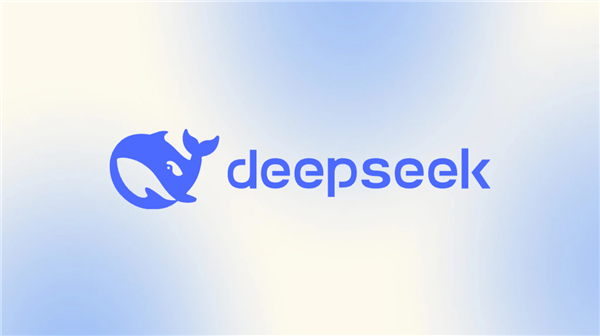
For instance, a reviewer inquired, 'You claimed the model is open-source, but the definition of open-source is vague. How much is actually open?' The team promptly provided data links and licensing details.
Another concern raised was, 'Would the model fabricate steps to obtain rewards?' They swiftly added experiments to demonstrate the 'consistency between steps and answers.'
This transparency has resonated within the AI industry. Previously, large-scale model vendors often claimed to be 'far ahead,' yet kept test data and training methods under wraps. Nature's editorial put it bluntly: unverified AI claims could pose real risks to society.
DeepSeek, by laying out its code, data, and training logs, is sending a message to the industry: if you want to be trusted, follow my lead and 'show your data.'
03 An Opportunity for Domestic AI Chips?
The $294,000 cost not only challenges European and American giants but may also open a door for domestic chips. DeepSeek didn't mention any specific chip companies in the paper, but the math is simple: if training costs drop to a tenth of the original, could cost-effective domestic chips handle it?
Companies like Huawei Ascend and Cambricon have faced hurdles due to 'inadequate ecosystems,' with customers hesitant due to perceived performance instability. However, if algorithms can be optimized to DeepSeek's level, the hardware pressure would significantly decrease.

Liang Wenfeng, Founder of DeepSeek
In fact, Huawei and Zhejiang University recently jointly released the DeepSeek-R1-Safe model based on Ascend chips. Although it's a separate project, it proves one thing: domestic chips can handle trillion-parameter large-scale model training.
However, industry insiders caution that this is still a 'possibility,' not a 'certainty.' For domestic chips to seize this opportunity, they must focus on enhancing software ecosystems and stability.
Summary: Openness and Transparency Are the Future of AI
DeepSeek's feature on the cover of Nature is not just a triumph for one individual or one company. It signifies China's AI industry truly reaching the global forefront.
DeepSeek has demonstrated three key points: first, large-scale models don't necessarily rely on exorbitant spending; algorithm optimization can significantly reduce costs. Second, the AI industry can no longer afford to boast behind closed doors; it must undergo rigorous peer review scrutiny. Third, Chinese teams have the capability to transition from technology followers to rule setters.
But DeepSeek's value extends beyond being 'adored.' As the People's Daily aptly put it, 'Its greatest value lies in being surpassed.'
If subsequent domestic models can be trained at lower costs and with greater transparency, if domestic chips can seize this market opportunity, and if AI research moves away from 'black boxes' towards openness, then today's paper will truly mark a turning point for China's AI.
After all, as Liang Wenfeng himself said, 'China's AI cannot always be a follower.' Now, they have truly reached the forefront.




